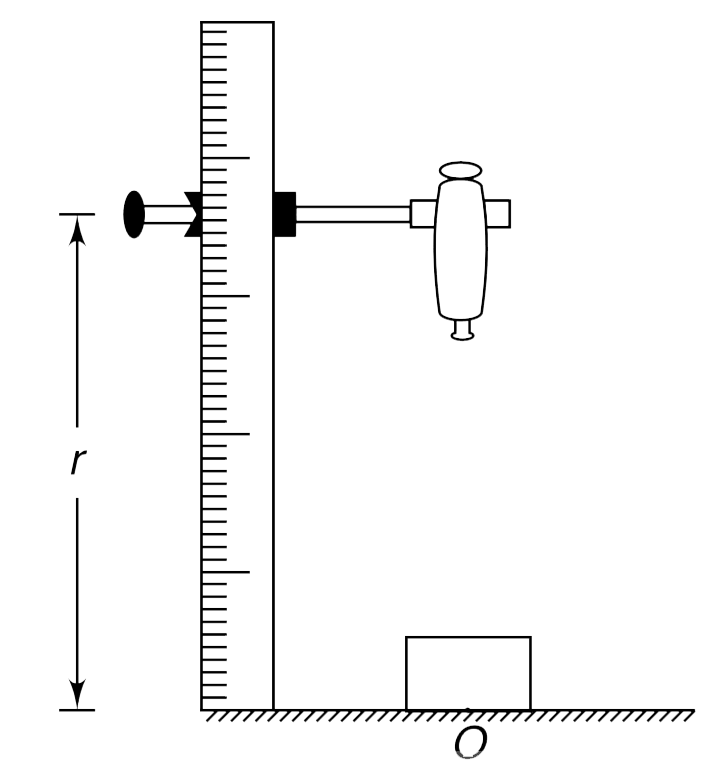Take a few drops of water from a pond. Spread on a glass slide and observe through a microscope. Do you find tiny organisms moving around?
The correct Answer is:Yes, we find tiny organisms moving around
Similar Questions
Activity 2 : Bring the active dry yeast powder from market . Take 50ml lukewarm water in a conical flask. Add 5gm of active dry yeast powder and 10 gm table sugar to that water andmix the mixture well. Keep the flask in warm place and after an hour take a drop of that mixture on a clean glass slide. Put a cover-glass on that drop and observe it under the compound microscope.
View SolutionActivity 2 : Bring the active dry yeast powder from market . Take 50ml lukewarm water in a conical flask. Add 5gm of active dry yeast powder and 10 gm table sugar to that water andmix the mixture well. Keep the flask in warm place and after an hour take a drop of that mixture on a clean glass slide. Put a cover-glass on that drop and observe it under the compound microscope.
View Solution
Knowledge Check
A scientist observes a drop of pond water under an electron microscope. He sees a microorganism with no specific cell structure. Which of these can it be?
AVirusBFungiCAlgaeDProtozoaA travelling microscope can move vertically along a scale. It is focused at a mark O on the table and the reading on the vertical scale isr1. Now a glass slab is placed over mark O and the microscope has to be moved up to bring the mark in focus again. This time the scale reads r2. Lycopodium powder is spread over the top of the glass slab and the microscope is moved up once again to bring the powder particles in sharp focus. This time the vertical scale reads r3. Find the refractive index of the material of the glass slab.
 A15 cmB5cmC30 cmD20 cm
A15 cmB5cmC30 cmD20 cm
A lady uses + 1.5 D glasses to have normal vision from 25 cm onwards. She uses a 20 D lens as a simple microscope to see an object. Find the maximum magnifying power if she uses the microscope (a) together with her glass (b) without the glass. Do the answers suggest that an object can be more clearly seen through a microscope without using the correcting glasses?
View SolutionA lady uses + 1.5 D glasses to have normal vision from 25 cm onwards. She uses a 20 D lens as a simple microscope to see an object. Find the maximum magnifying power if she uses the microscope (a) together with her glass (b) without the glass. Do the answers suggest that an object can be more clearly seen through a microscope without using the correcting glasses?
View SolutionActivity 1: Take a conical flask and collect the water in it from a pond having stagnent water and aquatic plants. Add some wheat grans and aquatic plants to it. Keep it for 3-4 days so that wheat grains and plants will decompose. Early in the morning on fourth day, take a glass slide and put a drop of that water over it. Carefully, put a cover-slip on that drop and observe under compound microscope.
View SolutionActivity 1: Take a conical flask and collect the water in it from a pond having stagnent water and aquatic plants. Add some wheat grans and aquatic plants to it. Keep it for 3-4 days so that wheat grains and plants will decompose. Early in the morning on fourth day, take a glass slide and put a drop of that water over it. Carefully, put a cover-slip on that drop and observe under compound microscope.
View SolutionAn inverted glass jar is placed over a burning candle. After a while, the candle is removed and the inverted glass jar is placed in a trough of water. What do you obseve and justify your observations.
View SolutionTwo tiny holes are made in a plastic bucket, one near the middle part and the other just above bottom.When this bucket is filled with water, the water rushes out from the bottom hole much faster than from the upper hole. What conclusion do you get from this observation ?
View Solution
